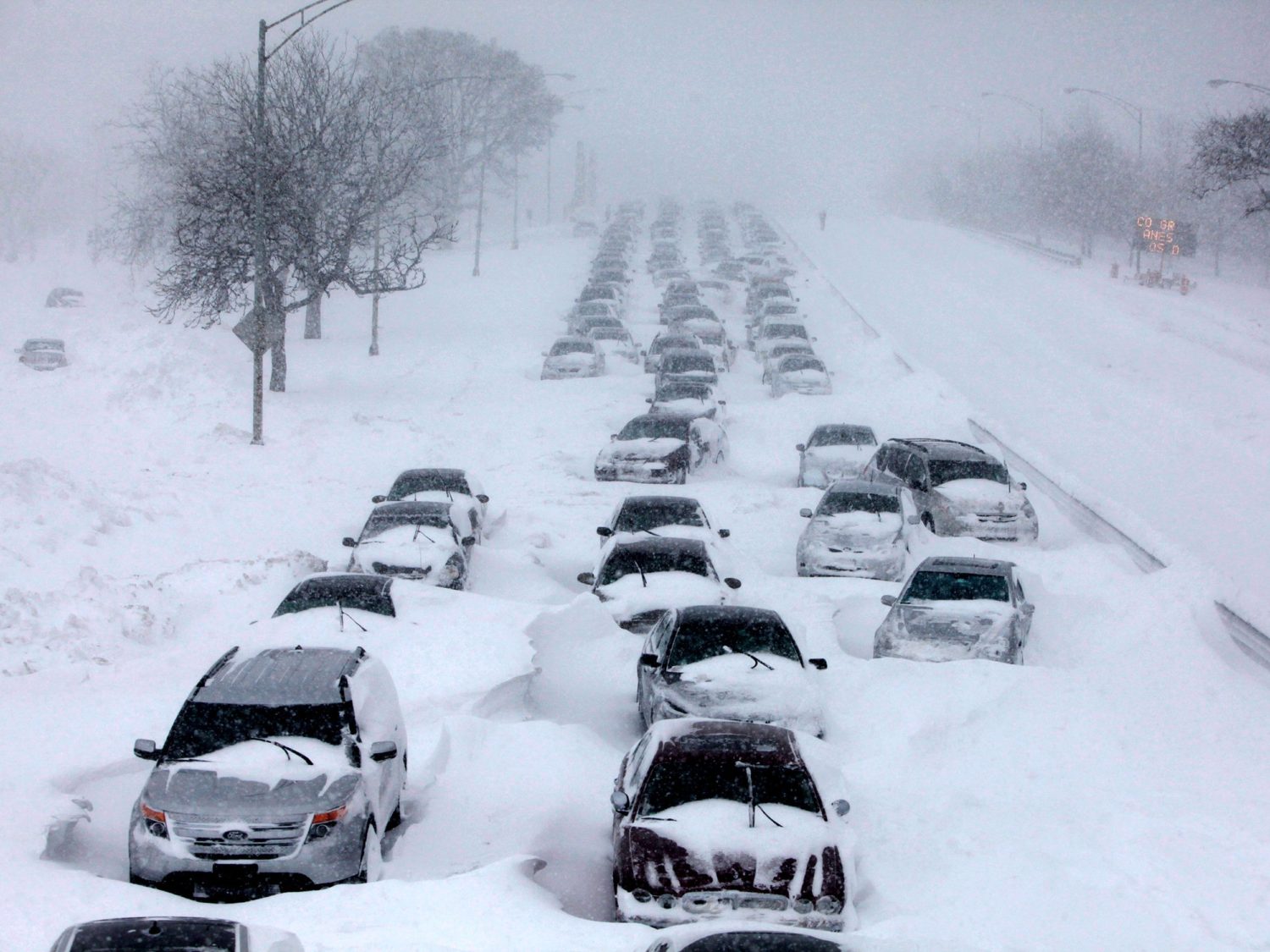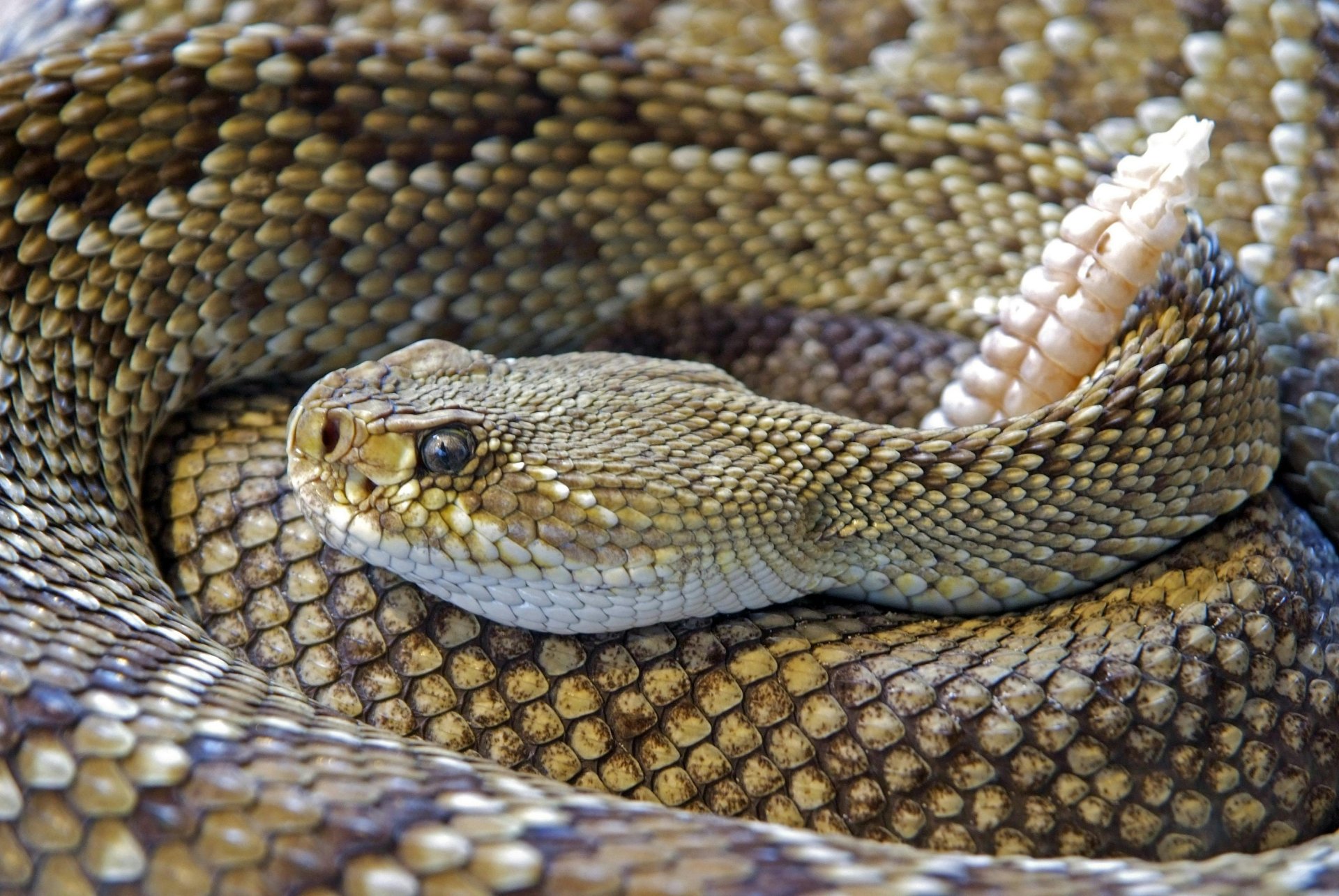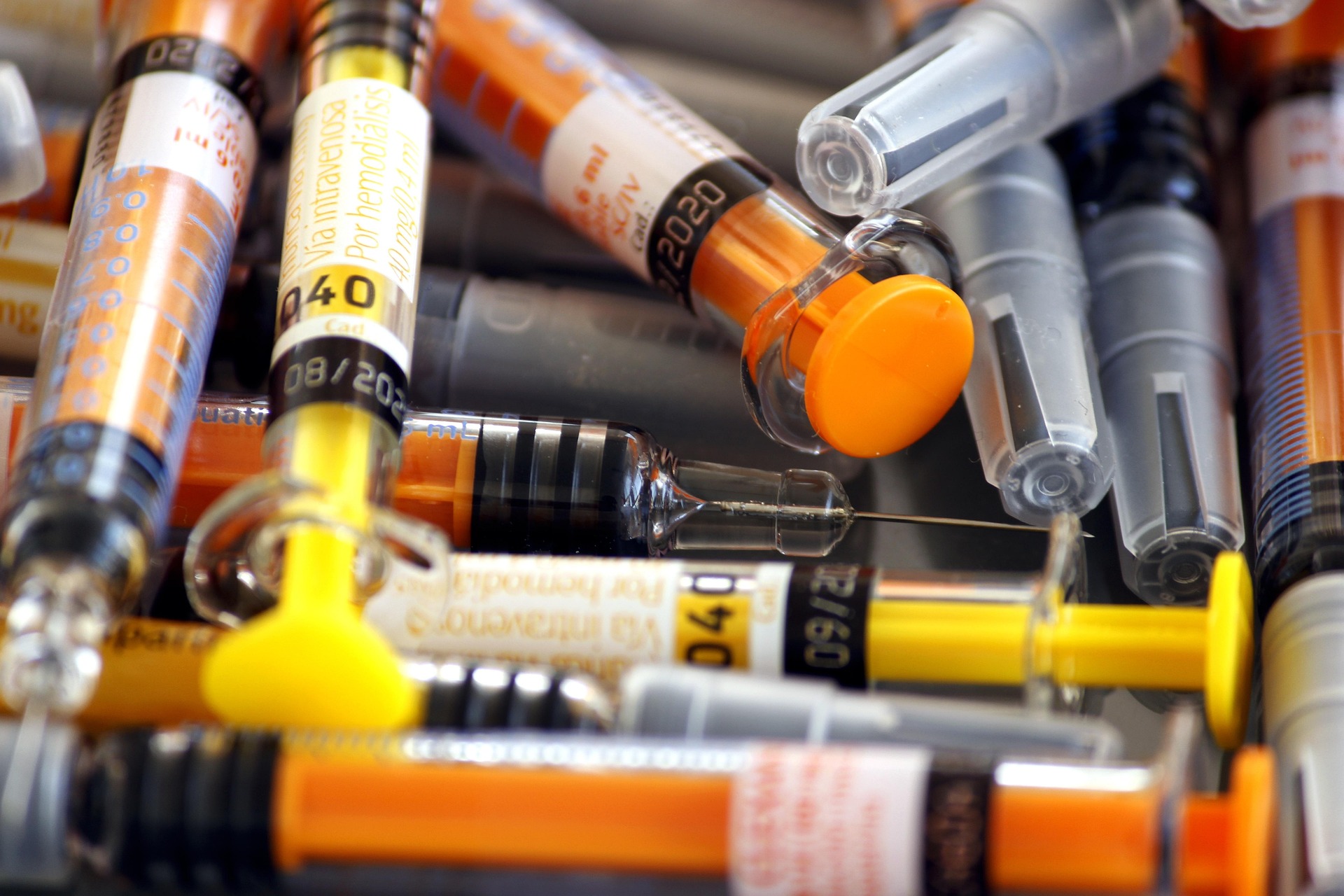Article Highlights:
- Stay Inside: Avoid unnecessary travel during a blizzard.
- Stay Charged: Keep devices and backup power sources ready.
- Dress in Layers: Wear weather-appropriate clothing and footwear.
- Pack a Car Emergency Kit: Include warm clothing, a shovel, and blankets.
- Recognize Danger Signs: Learn the symptoms of frostbite and hypothermia.
As a seasonal blizzard moves across the U.S., bringing heavy snow and dangerously low temperatures, staying safe in these extreme conditions is paramount.
Real Life Blizzard Rescue
The dangers of severe snowstorm weather were highlighted in Canada, where an extreme snowstorm trapped three hikers in a remote area. The hikers sent an SOS for help when they realized their shelter was insufficient for long-term protection. Fortunately, they had ample water, food, and warm clothing, which allowed them to endure the storm safely while awaiting rescue.
Following advice to shelter in place, the hikers used their resources to wait out the worst of the weather. However, rescue efforts were delayed as first responders faced challenging conditions, including whiteouts and freezing temperatures. Despite the hurdles, the trio was rescued without any medical emergencies. Their story underscores the importance of preparation, communication, and remaining calm during extreme weather events.
Preparation and knowledge are critical whether you’re at home or caught on the road. Extreme weather expert and former Navy SEAL Harding Bush, now the associate director of security operations at Global Rescue, shares his top strategies for blizzard survival. With extensive experience in mountain and cold-weather operations, Bush emphasizes the importance of preparation to stay safe and secure during snowstorms.
Top 5 Blizzard Safety Tips
- Stay Inside: Avoid venturing out during a blizzard unless necessary. Driving or traveling in severe snowstorm weather increases the risk of accidents or becoming stranded. Stay tuned to NOAA Weather Radio for emergency updates and advisories. Staying informed is your first line of defense.
- Stay Charged: Power outages are common during blizzards, so ensure all your devices are charged ahead of the storm. Keep your cell phone, laptop, and portable power banks fully powered. Stock up on extra batteries for essential items like radios and flashlights. Reliable communication and light sources are lifesavers in emergencies.
- Dress Appropriately: Proper clothing can mean the difference between comfort and danger. Layer your clothing to trap heat effectively, starting with moisture-wicking base layers, then insulating layers, and finishing with windproof and waterproof outerwear. Footwear should be insulated and waterproof, and don’t forget warm accessories like hats, gloves, and scarves. Always change wet or sweaty clothing to prevent hypothermia.
- Pack Your Car: Blizzards can strike while you’re on the road, so be prepared. Keep an emergency kit in your vehicle, including a parka, wool hat, waterproof mittens, and winter boots. Add hand and foot warmers, a sleeping bag or blanket, a shovel, jumper cables, a tow strap, and an ice scraper for longer commutes. These items can make a significant difference if you’re stranded in blizzard weather.
- Know the Signs: Understanding how your body loses heat and recognizing the early signs of frostbite and hypothermia are crucial. Symptoms like numbness, tingling, and pale skin indicate frostbite while shivering, confusion, and slurred speech can signal hypothermia. Learn prevention and first aid techniques to act quickly in emergencies.
Backcountry Blizzard Rescue
For outdoor enthusiasts caught in a blizzard while hiking, skiing, or camping, survival strategies shift significantly, as was the case for a Global Rescue member hiking alone in California when caught in a sudden snowstorm.
With worsening conditions, the hiker activated his emergency SOS satellite communications device. This tool, paired with a smartphone, enabled two-way satellite communication, bypassing the need for cell service. The hiker connected with the Global Rescue operations team through the SATCOM device, who immediately initiated a rescue. The team provided expert guidance, advising the hiker to remain in place, insulate himself from the ground, and build a fire for warmth. Local search and rescue teams braved the storm to locate and recover the hiker, bringing him to safety.
Bonus: Top 8 Backcountry Blizzard Survival Tips
This incident highlights the importance of carrying advanced communication tools and knowing how to use them in emergencies. Here are eight tips for backcountry blizzard survival:
- Stay Calm and Assess: Panic can worsen a dire situation. Stop, assess your resources, observe your surroundings, and plan your actions. Use landmarks to orient yourself and decide whether to move or stay put.
- Stay Hydrated: Dehydration reduces circulation and increases the risk of frostbite. Drink warm fluids if possible, and avoid alcohol or caffeine, which can dehydrate you further.
- Protect Your Lungs: Cold air can irritate your airways, especially if you have conditions like asthma. Cover your mouth with a scarf or breathe through your nose to warm the air before it reaches your lungs.
- Keep Circulation Moving: Simple movements like wiggling your fingers and toes, clapping your hands, or flexing your arms keep blood circulating to your extremities. Avoid strenuous activity that could cause sweating, as wet clothes drain body heat.
- Build a Shelter: If you cannot reach safety, construct a shelter to shield yourself from the wind and snow. Use available materials to build a lean-to or snow cave or take cover under tree branches. Even minimal protection can reduce heat loss significantly.
- Insulate Yourself From the Ground: Direct contact with the snowy ground can sap your body heat quickly. Use an insulated ground pad or sit on your backpack to create a barrier between you and the cold surface.
- Melt Snow Before Eating It: Eating snow lowers your core temperature and increases the risk of hypothermia. Use a portable stove or fire to melt snow for drinking water. This also allows you to signal for help if needed.
- Prepare to Signal for Help: Carry signaling devices like whistles, mirrors, or brightly colored fabric. These can help rescuers locate you in whiteout conditions. Pack a small fire-starting kit to create a smoke signal or warmth.
The Global Rescue Connection
As Bush emphasizes, proactive preparation can make all the difference during a blizzard. Follow FEMA’s guidelines for creating a winter weather emergency plan and stock up on supplies well before the storm hits. You can ensure a safer experience even in extreme conditions by staying informed and prepared.
Do you need emergency help during a trip? Your Global Rescue membership provides services for emergency field rescue from the point of illness or injury, medical advisory, traveler assistance, destination reports, event alerts, and medical evacuation transport home and (for applicable memberships) virtual healthcare access and security services.
If you experience a life-threatening emergency and are within the range of an emergency service — like 911 in North America, 112 in the EU or 999 in the U.K. — contact them immediately. If you experience an emergency, after you are safe and stabilized and need to communicate with Global Rescue you must contact Global Rescue directly by phone at +1 (617) 459-4200 or by sending an e-mail to ops@globalrescue.com or operations@globalrescue.com
Using a satellite communications device? You should review the instructions regarding your device’s SOS features and procedures. Understand who receives the SOS message signal when it is sent and what services the SOS monitoring provider offers. Contacting Global Rescue directly at +1 (617) 459-4200 or through a messaging device at ops@globalrescue.com or operations@globalrescue.com is the most straightforward way of obtaining service. Read How To Send an SOS: Two-way Communication Success for details about satellite device communications.









